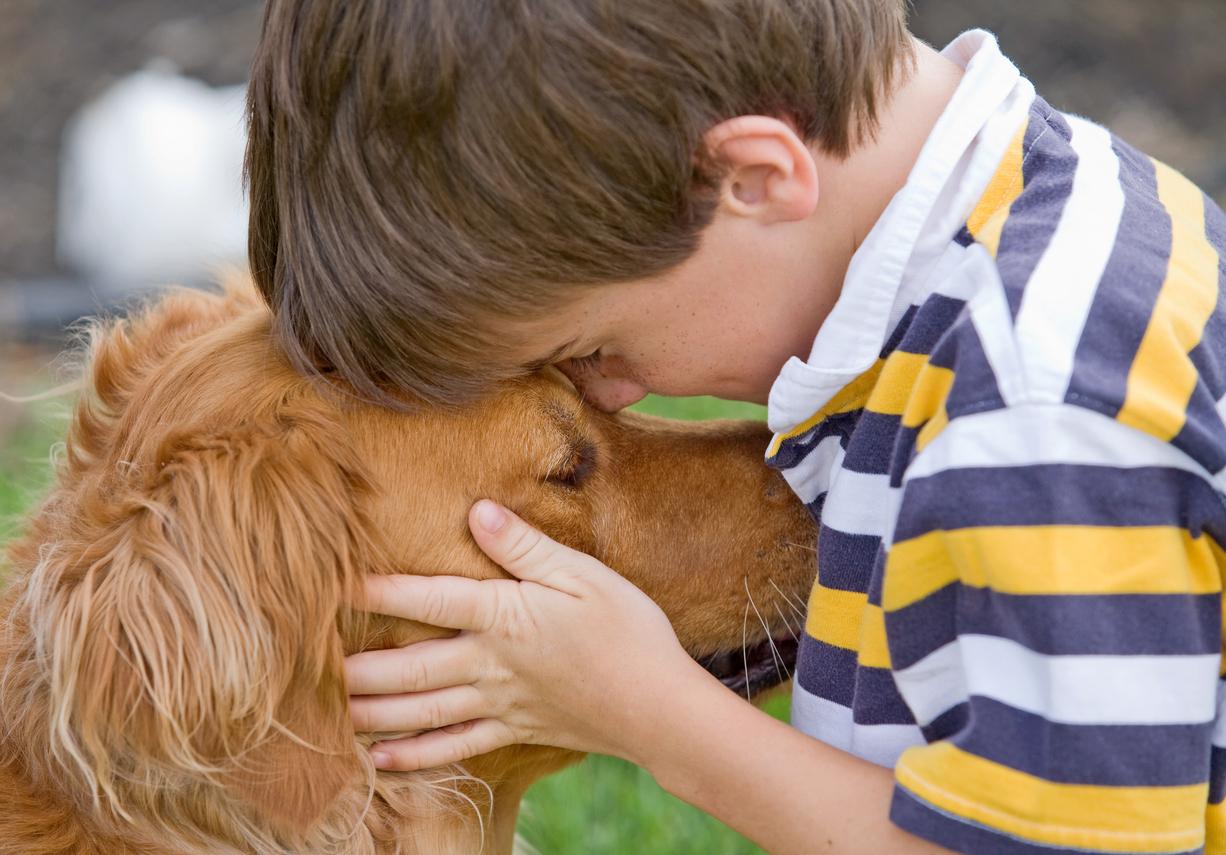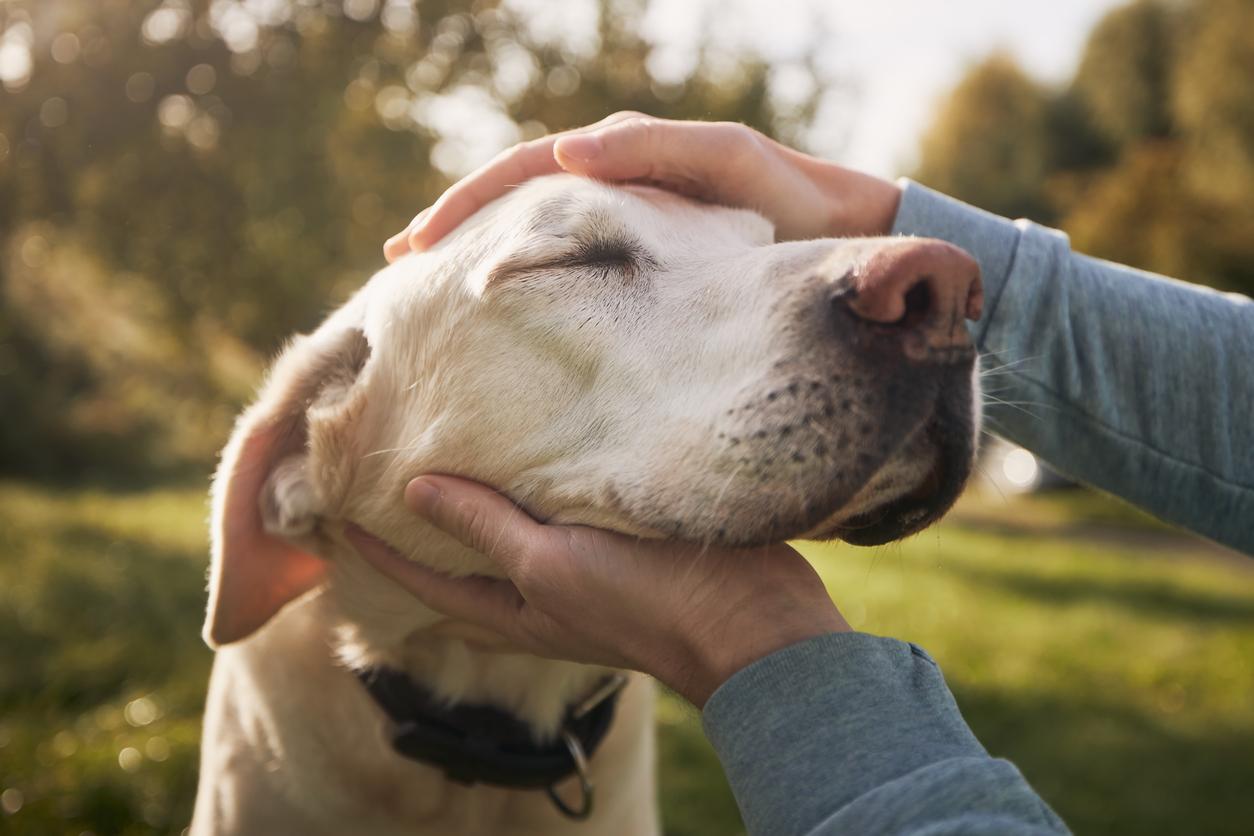Interacting with a dog changes brain waves, which promotes relaxation and concentration while reducing stress.

- Brain waves reveal that playing and walking a dog promote relaxation.
- Grooming, massaging or playing with this animal also improves concentration.
- Activities, such as feeding and cuddling the dog, decreased the mood disorder score.
What if doctors issued prescriptions for spending time with pets? According to researchers at Konkuk University (South Korea), pet therapy is an excellent way to improve mental and brain health. In order to reach this conclusion, they carried out a study, the results of which were published in the journal Plos One.
Adults were less stressed and more focused during interactions with the dog
As part of their work, the scientists wanted to compare psychophysiological and emotional responses during various activities with a dog in order to understand the impact of interactions with animals. For this, they recruited 30 adults. Participants each performed eight different activities, for three minutes, with a dog, such as playing with a hand-held object, giving it treats, taking photos with it, grooming it, cuddling it, or walking it. During the activities, the volunteers wore electroencephalography (EEG) electrodes to record the electrical activity of their brain (the prefrontal, frontal, parietal and occipital lobes). After each activity, they were also asked to report their emotional state.
The results showed that the relative strength of alpha band oscillations in the brain increased while people played with and walked the dog. So, that means they were relaxed. When participants groomed, gently massaged, or played with the dog, the relative intensity of beta-band oscillations also increased, which is generally linked to greater concentration in the absence of stress. The volunteers also reported feeling significantly less tired, less depressed and less stressed after all the activities carried out with the dog.
Determine the most effective activities for specific applications using the results
Although not all adults had pets, their affection for animals likely influenced them to participate in the experiment, which may have skewed the results. However, the authors say that the unique links between specific activities and their physiological effects could serve as a reference for programming targeted interventions with animals in the future. “This study provides valuable information to elucidate the therapeutic effects and underlying mechanisms of animal interventions,” they concluded.

















